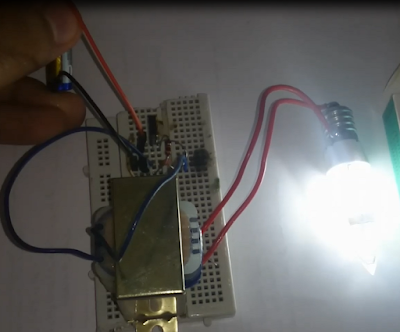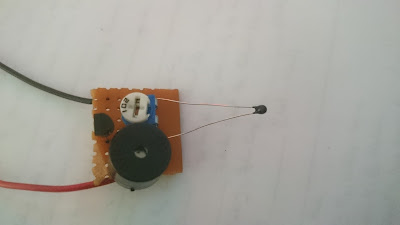Fridge door alarm circuit with delay time

New fridge models contain an alarm to notice door leaves open, it prevent energy losing. This circuit is a simple fridge door alarm that active when the fridges door leaves open for 15 seconds, this delay time depend on 10uF capacitor so you can increase this delay time by increasing the capacitor value. Alarm sound frequency depend on second capacitor value. The circuit run with 9v battery and draw 40mA when the alarm is active and lower than 10mA when it is in standby state. Its better to use a rechargeable 9v battery. Parts list: IC555 (2pcs) Buzzer LDR Resistor 1M Resistor 1.5M Resistor 100K Capacitor 10uF Capacitor 220nF Battery 9v



